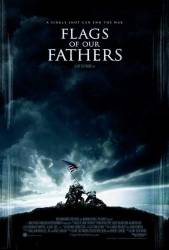
Factual error: When the Marines strip off and run into the sea in the final scene, Doc takes off a pair of white socks that would be more appropriate for a final at Wimbledon. Not only are they white rather than khaki, they are virtually spotlessly clean which would be impossible after a week of fighting on the black sands of Iwo Jima.
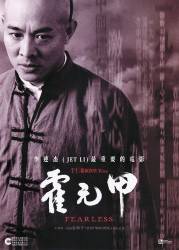
Continuity mistake: When Huo Yuanjia and Master Chen fight in the restaurant, Huo slices the top of Chen's head, yet when Chen is brought to his house the cut is gone.
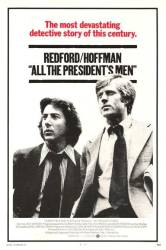
Other mistake: The chronology of dates on the teletype printer at the end of the film are not in the correct order. We see "March 13, 1975" followed by "January 3, 1975", which is then followed by two August 1974 dates.
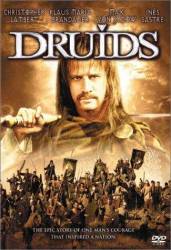
Other mistake: One of the shots of the aftermath of the battle is played in reverse - e.g. the smoke from the fires is going down. (01:41:20)
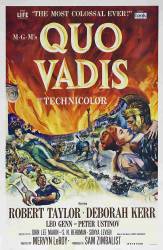
Continuity mistake: When the giant is fighting the bull, in the long shots the bulls horns are white, but in the closeups, they're black.
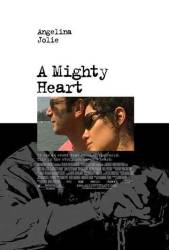
Factual error: There are a number of computers and gadgets shown which were not introduced in early 2002, i.e. HP LaserJet 1320 Printer at Asra's place, HP Color LaserJet shown at the consulate, Acer Notebook used in investigation, and the Nokia 1100 cellphone used by Captain.
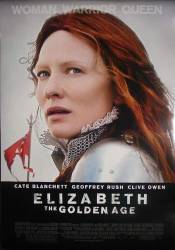
Factual error: In the beginning of the film, a variety of different suitors are presented to Elizabeth. Amongst them are Eric XIV of Sweden, reportedly "still madly in love [with her]". Even though he was born the same year as Elizabeth; when this film takes place, in 1585, he had already been dead for 8 years.
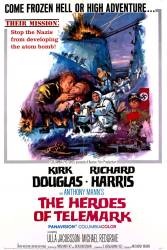
Factual error: The daylight air-raid on the Norwegian Heavy Water plant in 1942 was done by Boeing B17G bombers, with the distinctive chin gun turrets. These planes did not come into service until 1944, when they were introduced to counter the head-on attacks by German fighters.
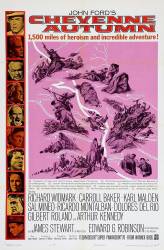
Factual error: The narrator mentions that the Cheyenne tribe split in half in northern Nebraska. The scenery would suggest otherwise, as there are no mountains that high in Nebraska.
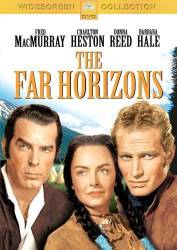
Continuity mistake: Sacajawea (Donna Reed) dives into the water to retrieve some important maps, which have fallen in and been taken to the back of the boat. When she dives in, the maps are back to the original area they fell into, when they should have been quite a distance from where they landed in the water.
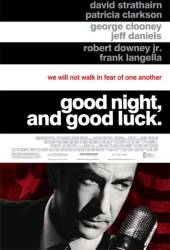
Factual error: There is a three prong electrical outlet visible in the Wershba's bathroom. These were not used at the time the film takes place, they were introduced decades later.
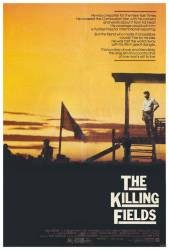
Continuity mistake: When the protagonists are trying to get to the French embassy they pass a VW beetle whose windshield is smashed by a Red Khmer. The camera angle is not very helpful but if you look closely you see that the window is gone already, and the pieces flying over the hood are from the bit of glass that sticks in the frame. (00:56:50)
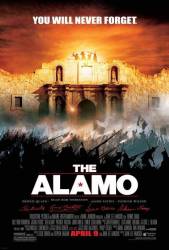
Factual error: The song that Davy Crockett plays on the violin is 'The Mockingbird Quick-Step,' written in 1855, several decades after the events of this movie (and later used by the 'Three Stooges' as a theme song.).
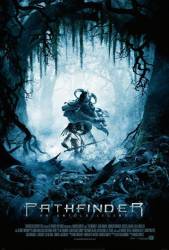
Continuity mistake: The writing on Ghost's sword early in the film has the Turisas rune (representing TH in Thunder) near the hilt, but later not only is a different font used but now the Dagalas rune (representing the D in sword) is at the hilt.
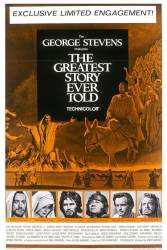
Continuity mistake: When John baptizes Jesus, Jesus' hair is dripping water onto his shoulders as seen from the front. As seen from the back, there's no dripping at all.
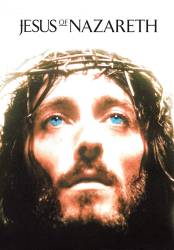
Continuity mistake: Jesus is shown from behind on the cross with large gashes on the backs of his legs. He was flogged across the shoulders and back only at the pillar.
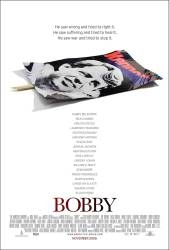
Continuity mistake: When Paul (the hotel manager) finds Timmons in the kitchen when Timmons had been shot and is bleeding, we see Timmons with his hands on his blood that is on his shirt. When Paul comforts him, he puts his bloody hands on Paul's white shirt, but when we see Paul outside the hotel, there is no stain from Timmon's blood.
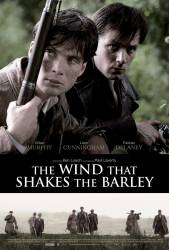
Plot hole: When the Black & Tans are shown driving through the village, a blue house is visible behind them. The house has modern PVC windows.
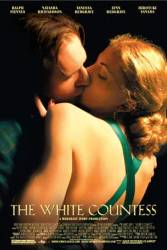
Plot hole: The movie takes place before and around 1938 and, supposedly ends in that year, following the entrance in Shanghai of the Japanese, with the exodus by many Chinese and foreign residents. Ralph Fiennes' character, as an American ex-diplomat and businessman, would have resided, have bank accounts, his car, etcetera, in the foreign concessions. The Japanese did not occupy the concessions until after Pearl Harbor, so there was no need for him to flee the city, as a refugee without a passport and with little or no money, sailing towards Macao in a fragile Chinese junk. He could just have driven or walked a few blocks to any of the "Western" concessions, from where he could have married Natasha Richardson's character, obtained U.S. passports (White Russians had none, as the rest of her family in the movie until assisted by an official in the French Consulate) for her and her daughter, purchased a ticket in a safer vessel, sold his assets (regardless of the damage to his club, he still had a house, furniture, a car, presumably bank accounts, etc.).
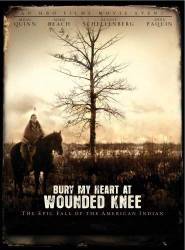
Factual error: The movie depicts Wes Studi, who is playing the Paiute medicine man "Wovoka," as coming to the Sioux reservation and delivering his vision. Wovoka (aka Jack Wilson) was from Schurz, Nevada 1250 miles away from the Pine Ridge Reservation in South Dakota. He never travelled to South Dakota. What really happened was tribal parties (at great personal risk) travelled to Nevada to get the message and brought it back to the Sioux people. Of course, this message was "modified" somewhat to better fit Lakota culture.